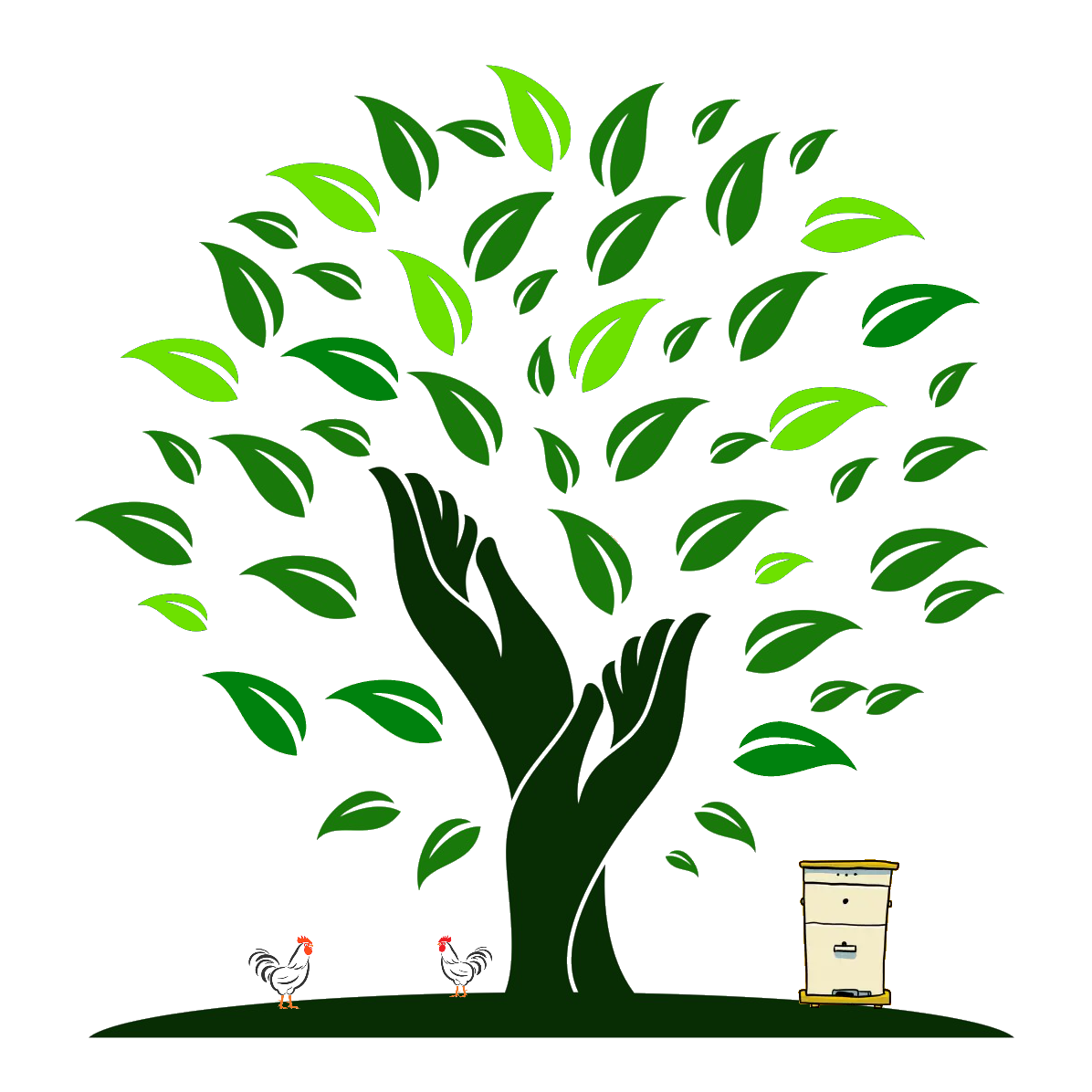Your cart is currently empty!
Rendering Tallow
•
Hey there, friends! Today, I’m excited to share a simple yet important process: rendering tallow.
Tallow is a versatile, nutrient-rich fat, especially when it comes from grass-fed beef. The key to rendering tallow with a clean, neutral smell and taste is using leaf fat (the fat surrounding the kidneys), and slow, low-heat rendering. This method helps reduce the strong beefy flavor, leaving you with a cleaner-tasting product perfect for cooking, skincare, or even candle-making.
I always emphasize the importance of knowing your food sources. Whether you’re sourcing from a local farmer or raising your own animals, knowing the diet and treatment of the animals you’re using for food is essential. Grass-fed beef tallow, for example, contains healthy fats along with important vitamins and minerals, making it a great choice for many uses.
Once the tallow has been rendered, I like to pour it into parchment paper, wrap it up, and store it in an airtight bag in the pantry. Stored this way, tallow keeps for an extended period of time without going rancid.
If you’re looking for a healthy fat that’s both versatile and shelf-stable, I highly recommend giving tallow rendering a try. Let me know if you have any questions or want more tips on rendering your own tallow!
In the following video, we show you step by step how to render tallow, from start to finish. We trim the fat to remove as many impurities as possible before we begin so as to maintain the neutral smell and taste. Then we render at low temperature (we used a crockpot). Finally, we pour into our lined (this is very important to remove it later) baking dish to cool. Once cooled, we cut into small bars to package up and store in our pantry.
